
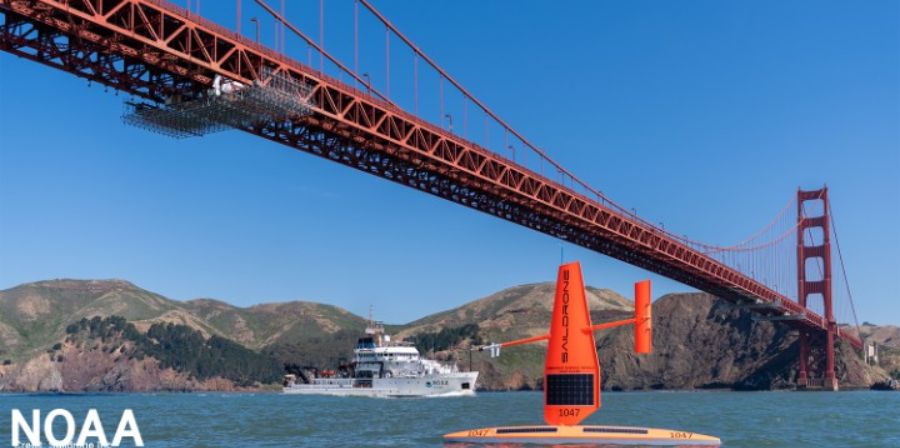

The very attractive, poisonous , invasive lionfish.
Dear readers today I am going to discuss about the 5 technologies that the National Oceanic and Atmospheric Administration=(NOAA) are applying to keep the vast oceans clean and healthy.
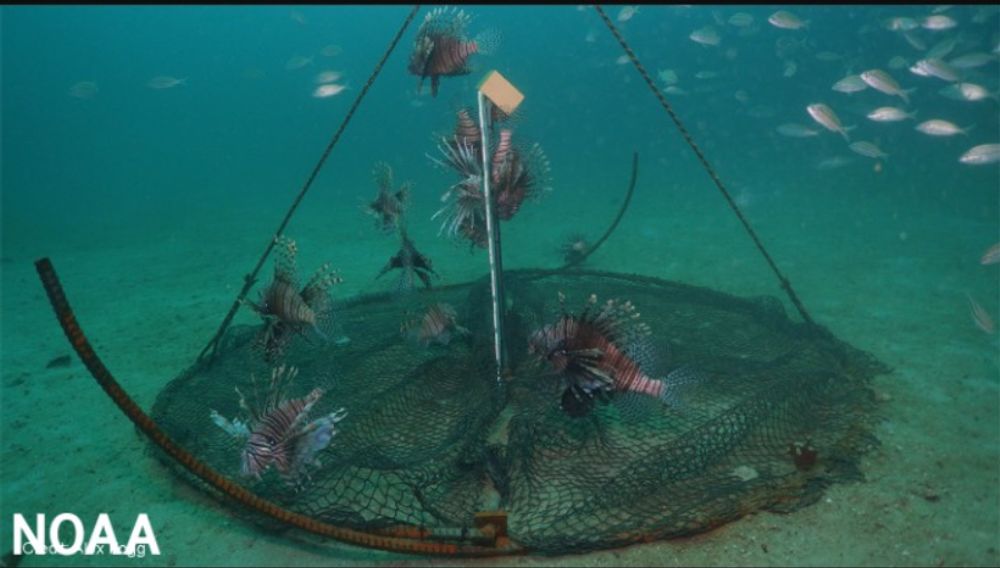
Lionfish purse trap.
2. Camera installation to monitor whale migrations.
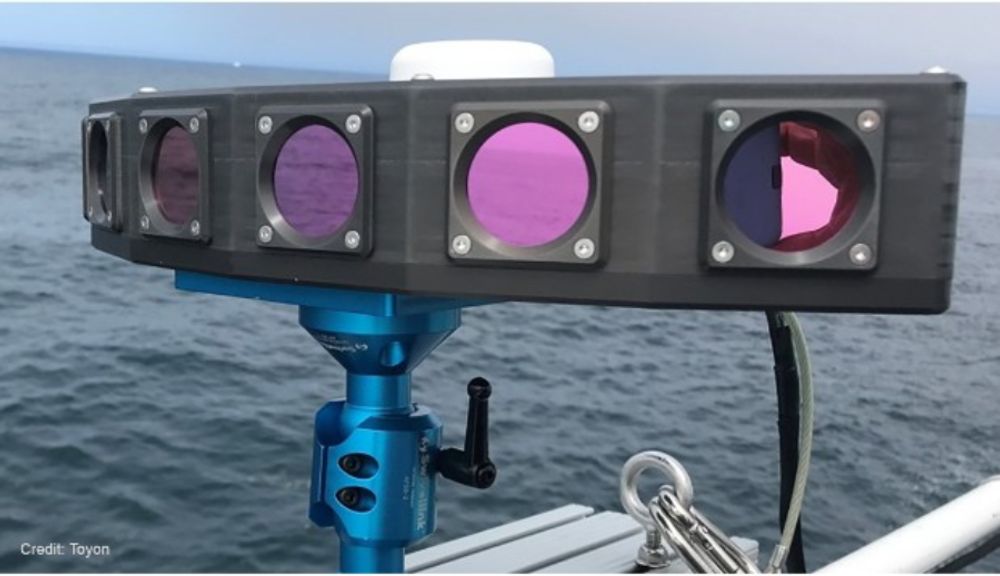
Infrared cameras to locate whales and their clusters.
Such infrared radiation cameras are installed on shorelines or on vessels to locate whales their habitat, their whereabouts to keep big ships from colliding with mammals. Thus, saving these huge mammals from exploitation by human existence.
3. Probiotic or good bacteria for developing healthy oysters 🦪 and so healthy oceanic ecosystems. A group of probiotic good bacteria is developed to keep the oysters healthy, this way a clean and healthier ocean ecosystem is achieved. Both the wild and the farmed oysters add to a clean and healthy ecosystem.
4. Drones that sail and surfs, helps to collect Ocean data.
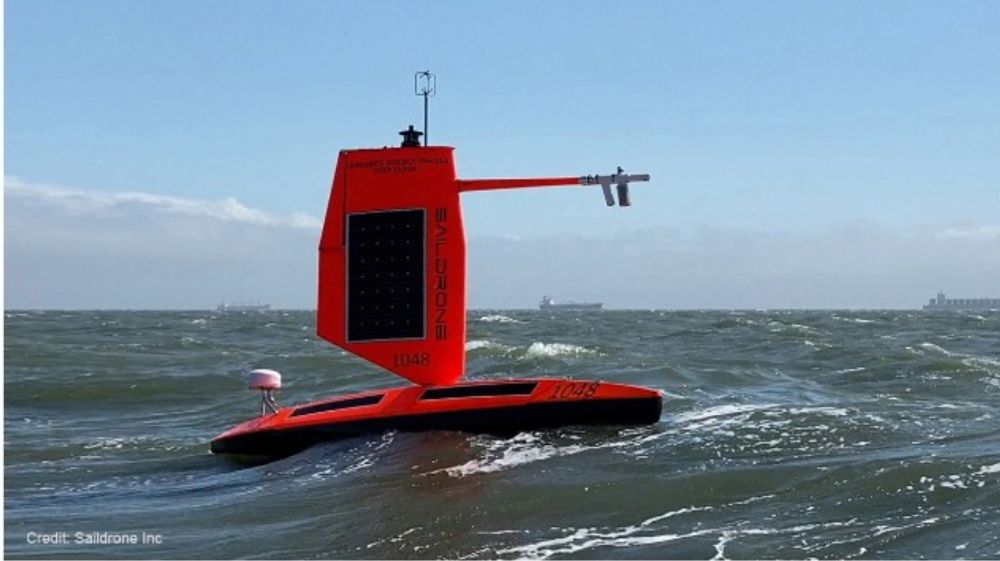
These are Drones that sails and surfs ocean surfaces to collect ocean data.
They calculates depths of places, suitable for navigation, also forecasts hurricanes at seas even their intensities with which they will strike the points. These drones also detects oil spills on seas, their data also conserves threatened species from extinction. These also maps ocean floors which help study changing ecosystem like coral reefs beneath the seas.
5. Fluorescent flashlights to study young coral polyps.
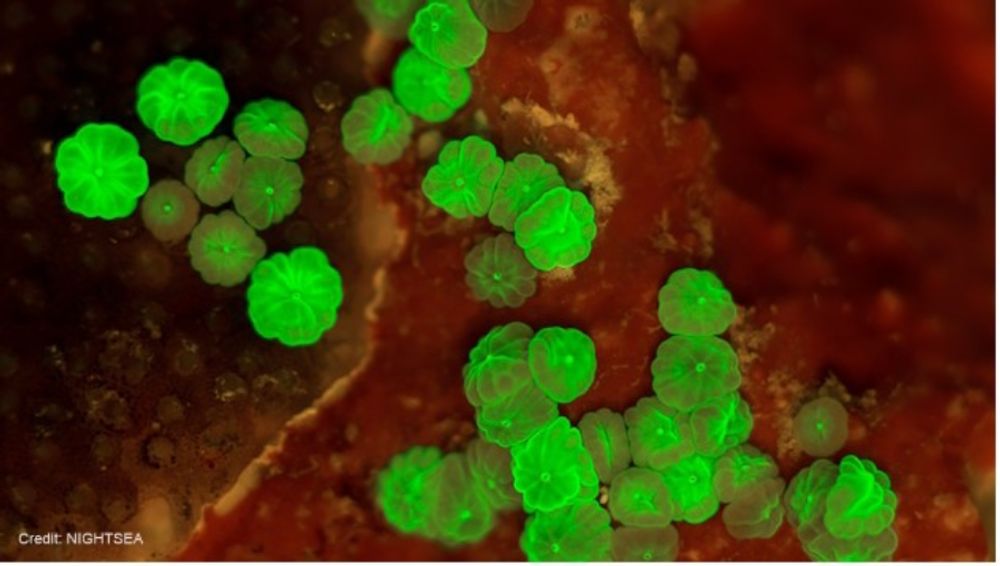
Fluorescent rays that shows young coral polyps, for study purpose.
The study of these coral polyps help to conserve these reefs and their dominance in the ocean floors and their basic whereabouts in the sea floors. This helps sea floor's healthy and cleanly features.
Today Mr Steve Thur is the new director of the NOAA. Who directs all programmes of the oceanic organisation.

Mr. Steve Thur director of NOAA.
The giant sea whales 🐳 are actually critically endangered species due to their innocent habits and nature. To conserve these enormous creatures we are now using science and technologies from algorithms to drones to AI also. For giant sea bass, the pictures of citizens and researchers taken for preserving shows each mammals has unique patterns, like fingerprints, which are the white and silver spots on their front portions. Thousand such images are collected along with data points and unique pattern recognition algorithms developed. These spot recognition patterns could identified each fish separately and using AI, we can track their whereabouts, their migration paths, their spawning grounds, other threats to their community by the path of big ship voyages or routes.
Another technology package helps unwanted collisions of these mammals with the big cargo ships on seas. Three part technology application are adopted i) under water sound sensing sonars attached to AI helps to detect the whale species whereabouts, their fooding grounds, when ships are alerted to slow down in the vicinity. ii) secondly satellite data are used to track the feeding pattern of sharks 🦈 and connecting them with AI we track their whereabouts, and also alert swimmers and divers and people on beaches against sharks and their paths. iii) infrared radiation cameras linked with drones allow to locate big mammals on seas and so avoid unwanted collisions with these creatures and thus save their existence.
Dear readers oceans are vast extents of the world and safe and sound life and existence is required so that seas remain free of all pollution and enjoy easy and free livelihood, this is we humans our outlook. Thanks for the reading. Subir Kumar Ghosh.








